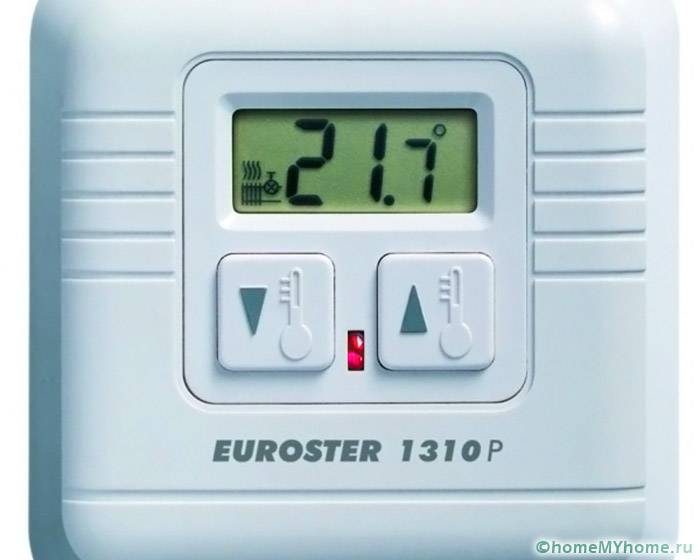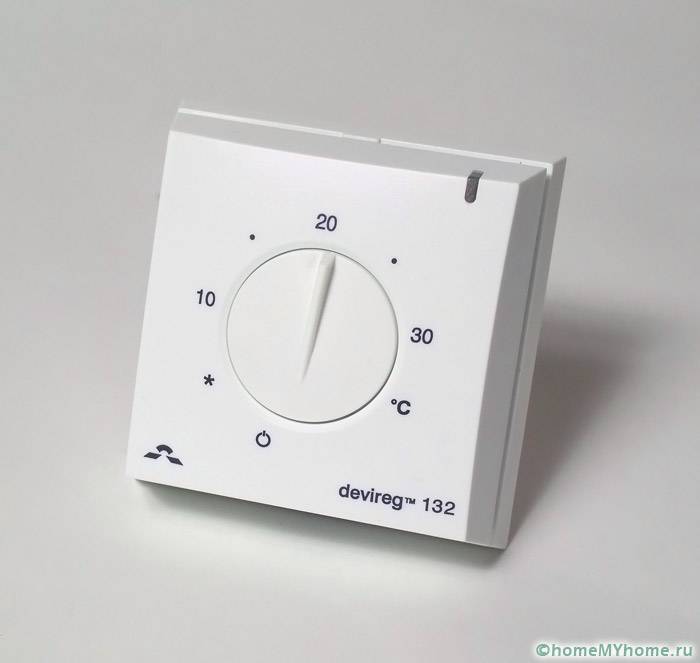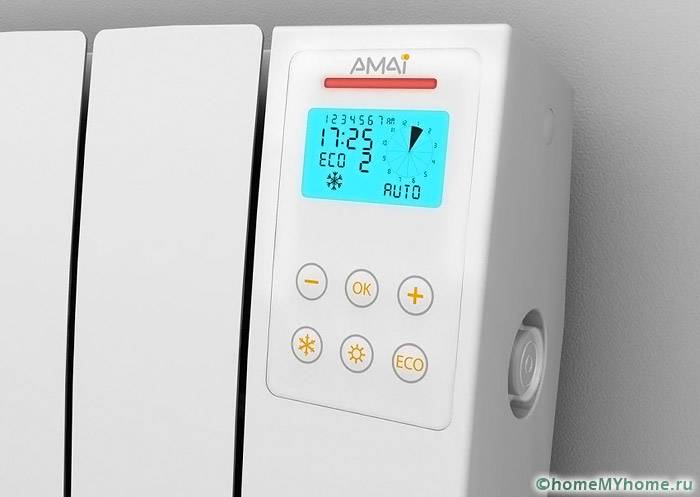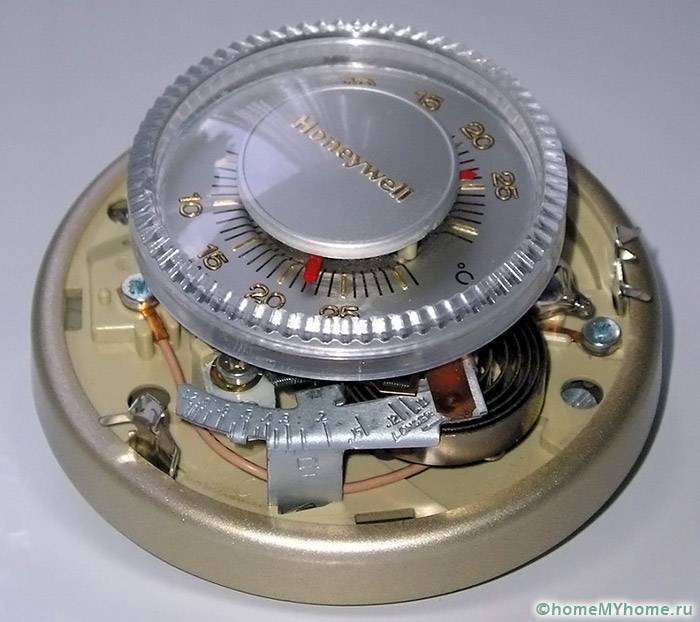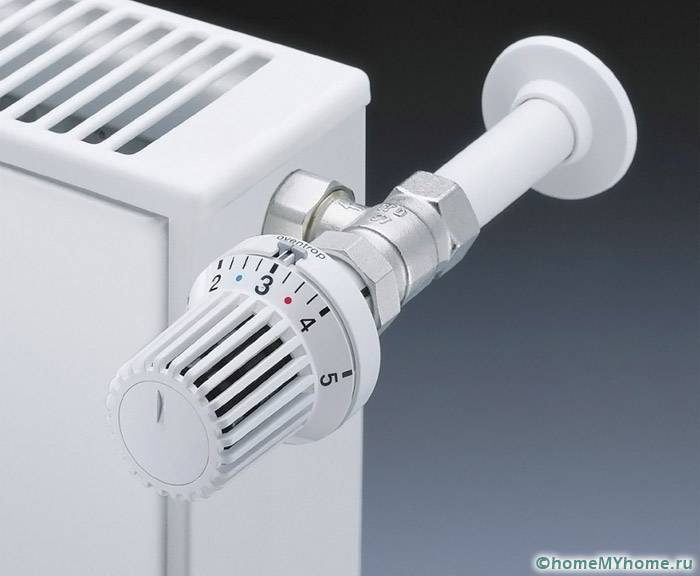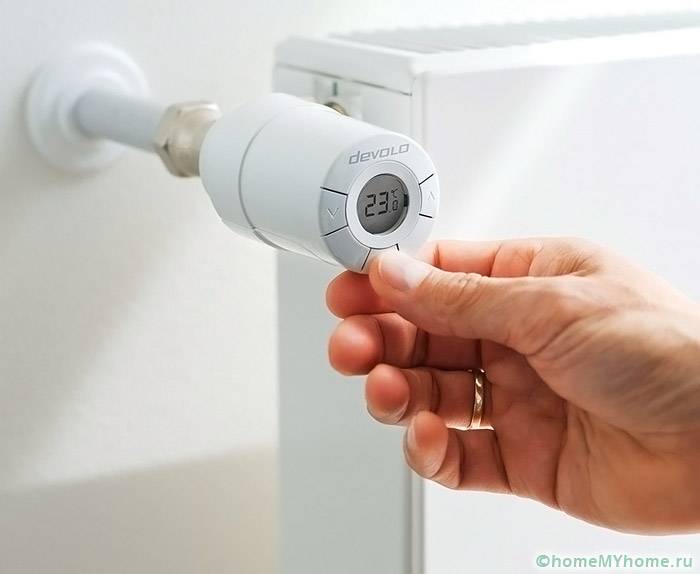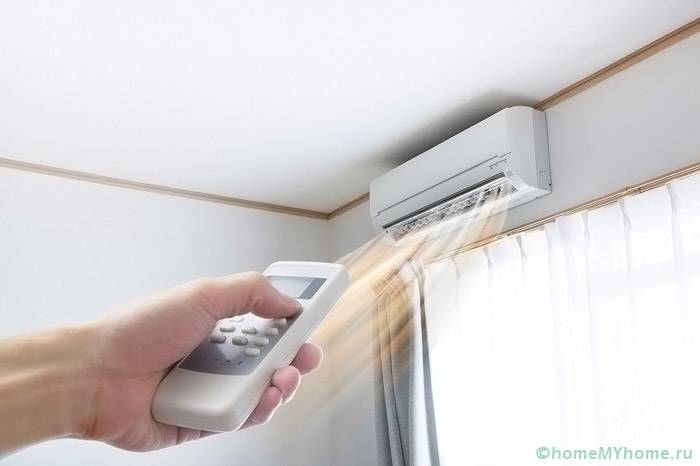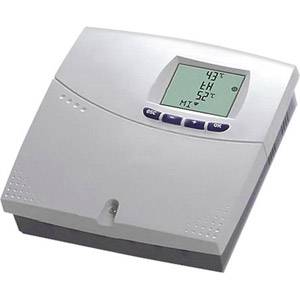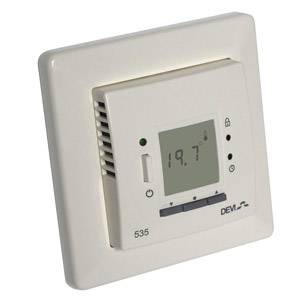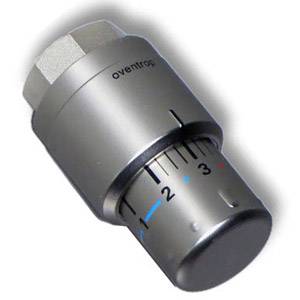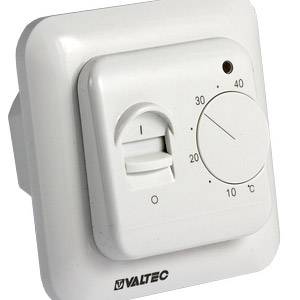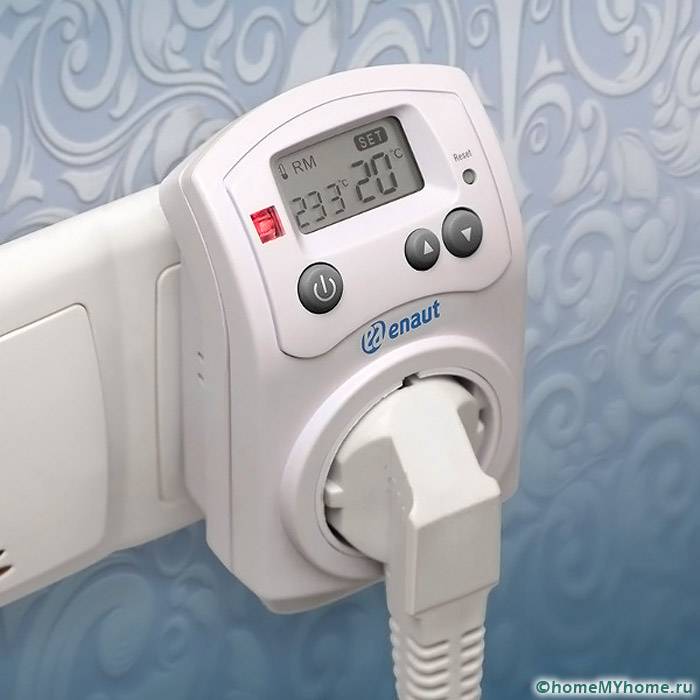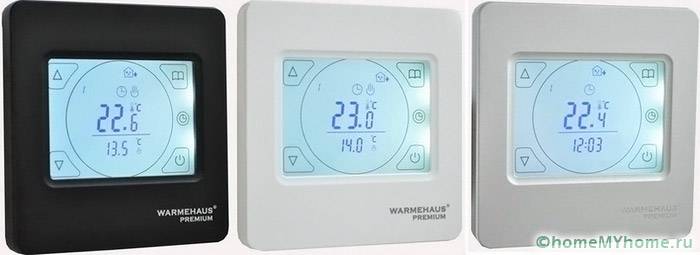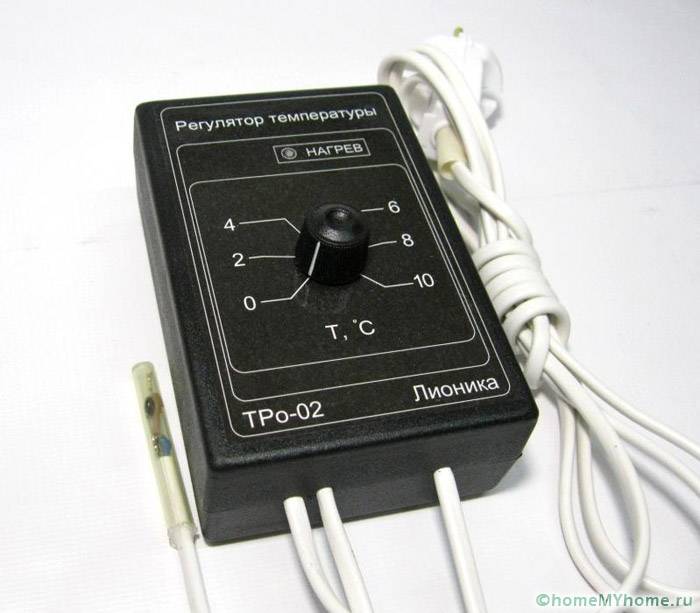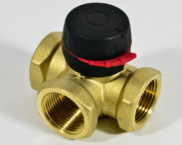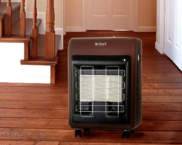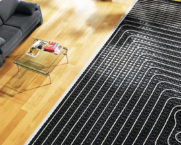Thermostats with air temperature sensor: functions and principles of operation
Thermostats with an air temperature sensor are devices for controlling electrical and gas heating devices with built-in automatic control function. They allow you to maintain the required temperature regime inside the home. The thermostat controls the process and eliminates the need to manually adjust the heating equipment.
The content of the article
Thermostats with an air temperature sensor: characteristics and features
A thermostat or thermostat is a device responsible for maintaining a set temperature value in a heating device. This mechanism is considered the main control elements of the coolant.
In manual mode, the desired value is set, and then the device automatically maintains it. Thermostats with an air temperature sensor are considered part of the cooling or heating system. They are inserted into various climate control equipment.
Device functions
The thermostat has the following functions:
- saving resources, the device controls the set temperature value and, if necessary, turns off the equipment;
- safety, since if the equipment breaks down, the device will notify you of the problem with a sound signal;
- comfortable conditions, when the thermostat is operating there is no need to adjust the system manually.
For heating radiators, the use of special models is provided. They are installed on the pipe of the heating appliance.
The principle of operation of the mechanism with temperature control
The thermostat with regulation works according to the following principle:
- the required temperature regime is set in the coolant;
- air temperature data enters the device;
- the collected information is fed to the control unit;
- the controller compares the data and regulates the temperature.
Types of temperature sensors
Before buying a thermostat with an air temperature sensor, you need to understand the distinctive features of the devices. Products differ in the material of manufacture, the principle of operation and installation features.
Devices are divided into the following options depending on the material:
- bimetallic;
- electronic thermocouples;
- electronic thermistors for heating circuits.
According to the principle of action, there are the following types:
- electronic ones are equipped with built-in thermometers;
- the work of mechanical products is based on the expansion of the plates and the transfer of data to the regulating device.
Temperature control is carried out using a temperature sensor for air, floor, or using combined options. Most often, the collection of information is carried out on devices that are mounted on heating radiators.
Related article:
Thermal head for a heating radiator. Purpose, principle of operation, installation, adjustment and recommendations in a separate publication of our online magazine.
There are regulators with a remote mechanism, which is installed at a distance from the heating device, which makes it possible to obtain more reliable data.The device with a remote device is fixed on the wall and connected to the general circuit.
Helpful information! To avoid unnecessary hassle and expenses when choosing a suitable model, you should consult a specialist.
Prices for some models of thermostats can be seen in the table.
Nuances of thermostats with a remote air temperature sensor
Some models are equipped with a remote sensor. The device receives readings and, depending on the obtained values, the device turns on or off.
Similar products can control different equipment:
- water floor;
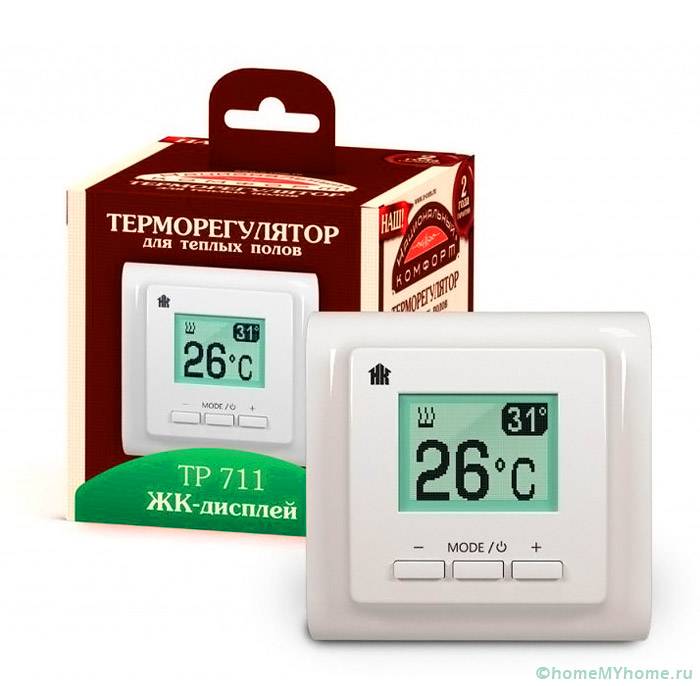 Devices for underfloor heating allows you to maintain optimal temperature conditions in the room[/ caption]
Devices for underfloor heating allows you to maintain optimal temperature conditions in the room[/ caption]- electric heaters;
- infrared heaters;
- conditioners.
Electrical sensors
Electronic devices are becoming more and more popular. These devices use semiconductor materials to control the temperature. Connection diagrams warm floor to the thermostat assume the use of current, therefore they are connected to an outlet or use batteries or rechargeable batteries. Electronic models are equipped with monitors that display temperature settings, date and time.
The presence of additional functions affects the cost of products.
Electronic devices have certain advantages over mechanical ones:
- they are easier to install;
- have a wide temperature range, while they can be used in basements and garages.
You can assemble a thermostat with a temperature mechanism with your own hands. This requires a microcontroller, display and other parts. Also, the device must have a mechanism that measures the temperature. It is important to correctly configure the device and connect it to the heating device. When developing a connection diagram for a thermostat to infrared heater multiple devices can be used.
Helpful information! The choice of thermostats with an air temperature sensor for the boiler is best done by the same manufacturer as the boiler. In this case, the device is easily connected to the heating system.
Characteristics of thermostats with an air temperature sensor for the cellar
IN cellar stocks of food are stored, therefore it is so important to maintain an optimal temperature regime in this room. If this indicator is not controlled, then the temperature can go too low in cold winters or too high when it gets warmer outside.
A thermostat will help in solving such problems. It controls the temperature in the cellar and maintains it at the desired level. The device is equipped with a mechanism that can be built-in or remote. The thermostat should be placed at a low height above the floor and close to vegetables and other products that are stored in the cellar.
Do not use highly powerful equipment in the basement. If the cellar area is more than 10 sq. m., then it is worth installing a fan heater, which allows you to evenly distribute heat.
The purchase and installation of a regulator for a heating system is considered a profitable solution. The thermostat can make life easier and maintain an optimal temperature value, and also helps to save money on utility bills.
Video: room regulator




